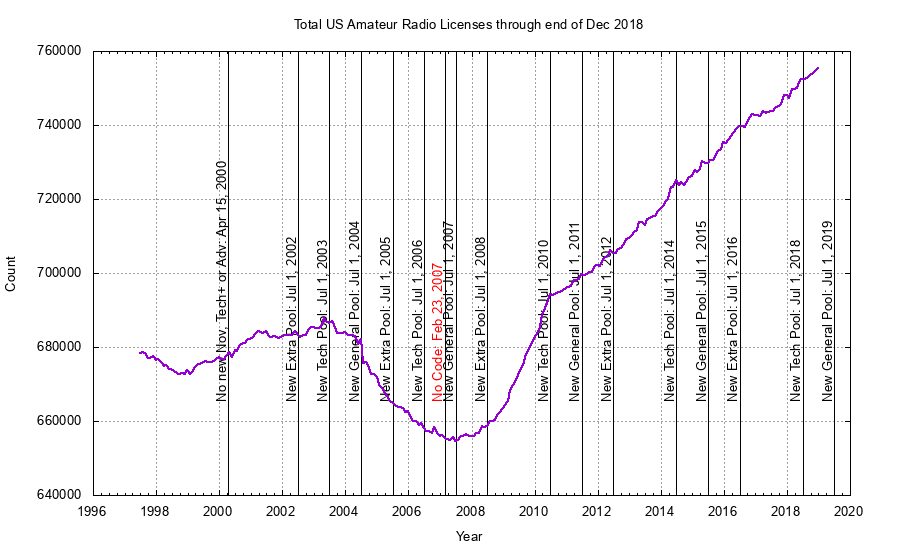Nothing but old men with ham licenses is going to be the death of ham radio. When they pass on, it will be gone. Young people aren't interested in old technology.
I hear that often from people who do absolutely nothing to share the hobby with others, young or old. There's a Young Amateur Radio Club Discord server out there. My teen aged niece has a shiny new license and handheld radio. There are kids out there who are using SDRs, building wireless linked microcontrollers and so on who don't yet realize there is a bigger community of radio hobbyists out there. All they need is some outreach. Europe has YOTA (https://www.ham-yota.com/)
I have litterally been hearing such statements since my very first ham club meeting in the late 1960's. Looking around at that meeting there were 2 of us under 20, and the vast majority were retirees. And the same thing was said then, young people aren't interested in the hobby, and the hobby will die out because no new blood is coming in.
And yet, today, as a percentage of the US population, there are about twice as many hams as there were then, and as raw numbers there are over three times as many.
I'd like to find a version of this chart that has the last four years of data but the growth is something like 12% on this one. Maybe Covid killed all the old hams and made the plot nose dive.
https://www.kb6nu.com/wp-content/uploads/2019/10/number-of-radio-amateurs.png

That big dip from 2003 to 2007 was driven by the fact many people knew the code requirement was going to be dropped, and waited to test until after that.
Unfortunately, when presented such data (concerning the number of hams in the US) one of the frequent responses is "there may be more licensed hams today, but there are fewer active hams". While I believe this sentiment is incorrect, that can be hard to prove one way or another.
There have always been a rather large segment of the licensed community that were inactive. Prior to the 1990's I spent more years inactive than active, to the point I let my license laps in the 1970's, and did not get involved again until the early 1990's.
I believe that one of the ways to judge the approximate level of activity is to look at the ARRL membership and QST subscriptions. I suspect that both today and in years past if you had an ARRL membership that you had renewed then you were probably a somewhat active ham. In fact, I strongly suspect that today fewer active hams (as a percentage) are ARRL members than in the past. Looking at the ARRL membership numbers as an indicator of active vs inactive hams you will find the ratios today very similar to those 45 years ago.
T!



